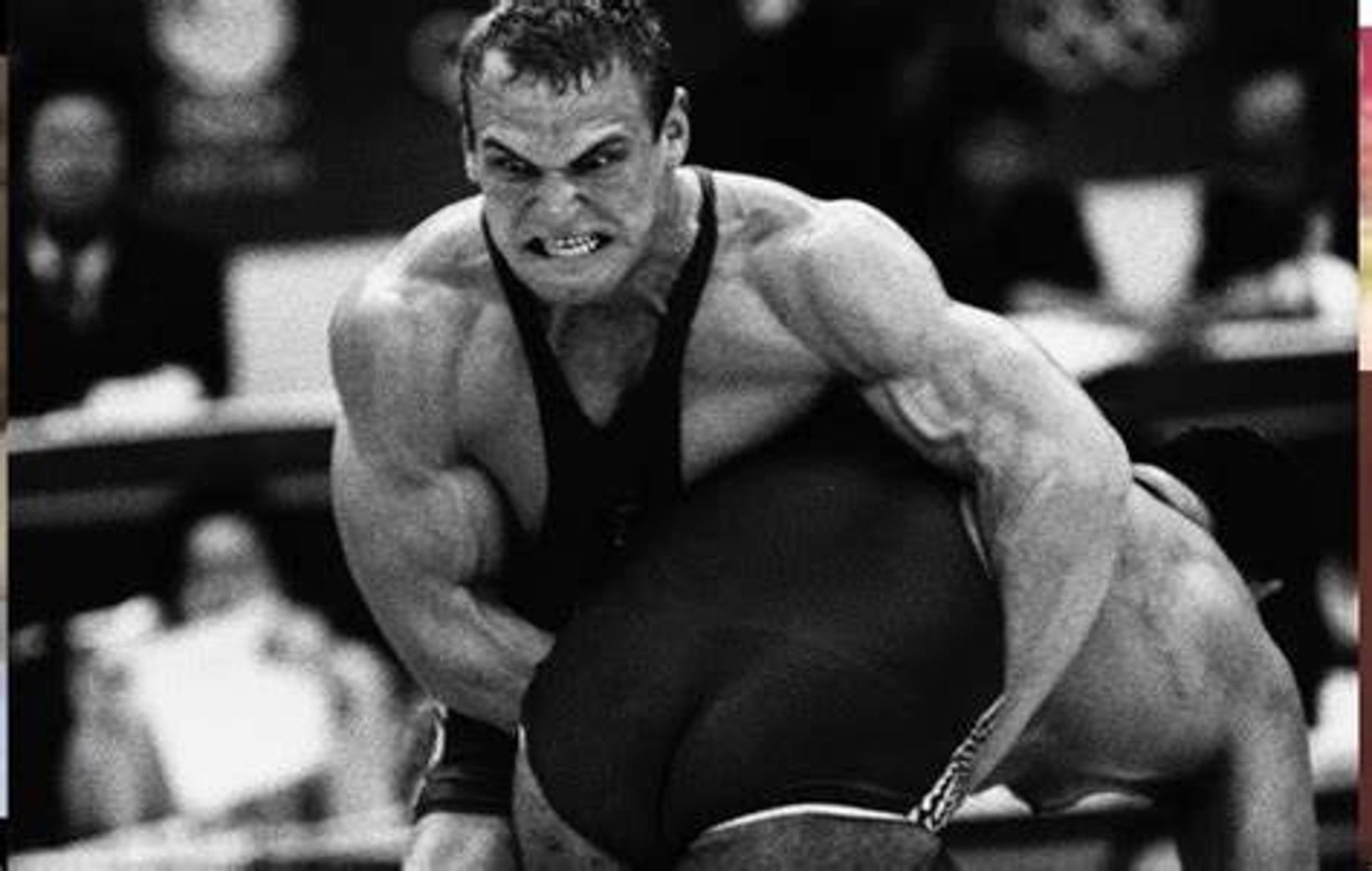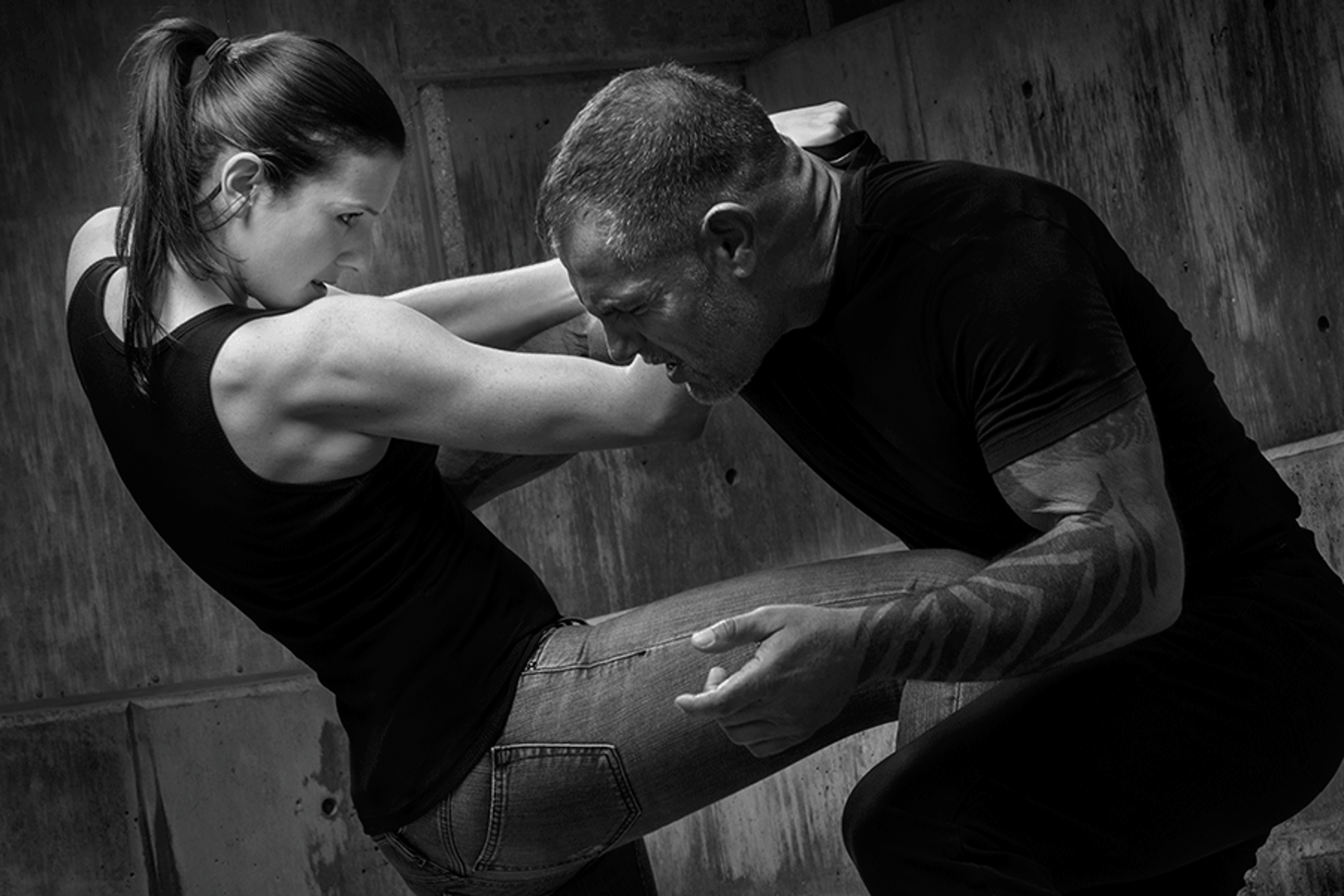
COMBAT SAMBO
SAMOZASHCHITA BEZ ORUZHIYA
Famous fighters
Fedor Emelianenko: Known as "The Last Emperor," Fedor Emelianenko is a multiple-time Combat Sambo World Champion and a legendary MMA fighter. His well-rounded skill set and dominance in both disciplines are unmatched
Khabib Nurmagomedov: An undefeated UFC lightweight champion, Khabib's Combat Sambo foundation laid the groundwork for his impeccable grappling and dominance in MMA.
Islam Makhachev: A protégé of Khabib, Islam Makhachev is a Combat Sambo World Champion who transitioned seamlessly into MMA, becoming a UFC lightweight champion with a strong grappling base.
Alexander Emelianenko: The younger brother of Fedor, Alexander Emelianenko is a multiple-time Combat Sambo World Champion and a formidable heavyweight MMA fighter.
Vitaly Minakov: A decorated Combat Sambo World Champion, Minakov carried his success into MMA, becoming a dominant heavyweight fighter in organizations like Bellator.
Andrei Koshkin: A rising star in Combat Sambo, Koshkin's explosive striking and grappling have made him a top contender in MMA promotions worldwide.
Rustam Khabilov: Known for his suplex-heavy wrestling, Khabilov is a Combat Sambo World Champion who has showcased his skills in the UFC with a mix of grappling and striking.
Said Nurmagomedov: A skilled practitioner of Combat Sambo, Said brings dynamic striking and grappling combinations to the cage, representing Dagestan on the global MMA stage.
Shamil Zavurov: A two-time Combat Sambo World Champion, Zavurov is recognized for his relentless pace and grappling, earning him success in MMA and regional championships.
Marat Gafurov: A Combat Sambo World Champion, Gafurov is also a former ONE Featherweight World Champion, known for his exceptional grappling and submission skills.




















Recent developments

About the author
Tahraj is a renowned fitness and nutrition expert with an extensive background in kickboxing, bodybuilding, and powerlifting. With a lifelong dedication to training, he has developed a sharp eye for martial arts, particularly boxing and wrestling, which he has practiced for years.
His expertise in combat sports has given him a unique perspective on fitness, combining strength, agility, and technique.
Staying fit year-round, he leads by example, maintaining a disciplined workout regimen that keeps him in peak condition throughout the year. Beyond his athletic achievements, he is a seasoned writer, authoring numerous articles on health, nutrition, and fitness.
Tahraj has also made a significant impact as a trainer, helping countless clients achieve their fitness goals, from weight loss to muscle gain. His holistic approach to fitness, honed through years of personal experience in martial arts and combat sports, makes him a trusted advisor in the field.
"If you want custom-made content for your website regarding sports, fitness, health, and nutrition tailored to your needs for your website or social media promotion, feel free to contact me. Let's work together to create high-quality content that resonates with your audience and enhances your online presence."
Disclaimer: The information provided on this website has been carefully researched and tailored to meet the specific needs of the topics discussed. All content has been derived from credible online sources and studied thoroughly to ensure accuracy and relevance. No part of this content has been intentionally copied or plagiarized for the purpose of gaining traffic or misleading readers. We are committed to providing original, well-researched material that adds value to our audience's understanding of the subject matter.
